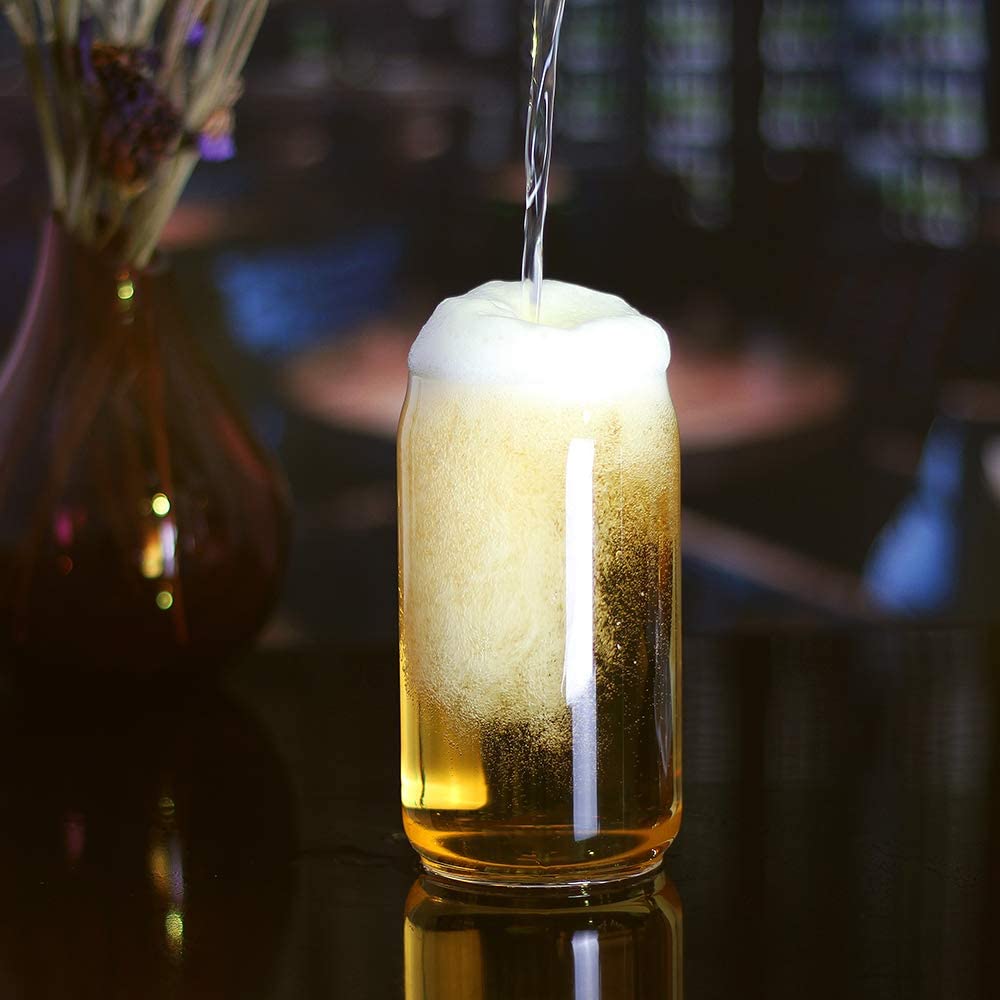Home Brew
What Kind of Homebrewing Equipment Do You Need to Make Awesome Beer?
Making awesome beer at home is easier said than done. Sure, brewing beer is thousands of years old. After all, the Egyptians who built the pyramids brewed beer. You can see images of servants busily brewing beer in some of the tombs in Ancient Egypt.
It’s one thing to want to craft your own beer, it’s another to go through the homebrewing process enough times to do it right consistently. If you enjoy craft beers, it’s natural to think that you can come up with handcrafted beers that are “just right” or even “perfect”.
After all, everybody’s got different taste and expectations as far as their brew goes. But the key to getting there is to practice and go through the brewing process several times until you become good at the basics.
Keep in mind that if you’re going to be sticking to basic recipes and perfecting the process, you are probably going to get a decent beer. But that’s probably not what you’re looking for because you’re looking to brew beer at home because you want the perfect blend.
To get there, you have to be able to produce consistently decent beer. Once you’ve achieved that level of mastery, you can then experiment with flavors as well as the process so you can get the specific taste you’re looking for.
To make all of this happen, you have to have the right homebrewing equipment. Now, interestingly enough, many of the equipment that you can get in the form of a kit can be improvised.
You can use stuff that you already have at home to produce beer. That’s not the problem. The problem is when you improvise or use equipment that is normally used for something else, you have to invest a lot more attention to detail to ensure that your improvisation gets the right results.
For a lot of newbie homebrewers, this might prove to be too much. When you’re trying to cut your teeth into the whole brewing experience and just trying to get right the first few times you craft your beer in your kitchen, you don’t want to hassle with improvising homebrewing equipment.
This is why it’s a good idea to get beer brewing equipment kits that have been specially put together for beginners. The idea behind these kits is you should save time on selecting and improvising equipment already available at your home.
Instead, you’re freed up to focus on the ingredients as well as the process of brewing. Beer brewing equipment packages and kits are like starter packs where all the equipment that you need to get your first brew going are included.
This way there is no guesswork and there is no need for you to roll up your sleeves to make do with whatever equipment you can readily find in your cupboard or garage. Instead, you get all the basic equipment you need for the complete homebrewing process so you can focus on getting the ingredients together to craft the right product.
Boiling Equipment
The first category of beer brewing gear that is included in homebrewing equipment packages involves boiling. These are brew pots, kettles, burners and stands, hop filters, infusers, wort chillers, hop and grain bags, brewing paddles and spoons, thermometer, and brew in a bag equipment. All of these pieces of equipment are for the boiling process of homebrewing.
The next set of equipment involves fermentation. When you boil grains, you free up the starch so that the yeast will have something to ferment to get the beer-making process going.
The fermentation process will require glass fermenter bottles in different sizes as well as plastic fermenter units made of specialized PET materials, plastic fermenter buckets in different sizes as well as stainless steel fermenter buckets, conical fermenters made from both plastic and steel, unit tank fermenters, oak barrels in different sizes.
If you want to get extra fancy, there are glass demijohn fermenters, Speidel plastic fermenters, and other accessories. On top of that, you also have equipment that you’re going to use to aid the fermenting process.
These are stir plates and flasks, fermentation temperature control devices, wort aeration system to make sure there’s enough gas circulation in the wort, siphon hose tubing, rubber stopper, fermentation airlocks, and auto-siphons.
Once you get the fermentation process out of the way, you’re nine-tenths complete. To get from that point forward to the bottling process, you need to measure the brew you came up with. To make this happen, you need hydrometers, graduated cylinders, tilt digital wireless hydrometers, chemical testing equipment, and scales.
Finally, you need bottling equipment to siphon and transfer the fermented liquid into bottles and of course to cap them. This is a fairly straightforward process and there are many different pieces of equipment that are involved but you can pick the most relevant homebrewing equipment as far as the scale of your operations goes.
Of course, if you’re just starting you’d want to keep things as stripped-down, small-scale, and basic as possible. After your second, third, or fourth brew, maybe you can start scaling up a little. You can then start experimenting with pieces of equipment to make the whole fermentation and brewing process as efficient as possible.
The Final Word on picking out the best beer gear
When it comes to brewing equipment, you shouldn’t start and end your selection based on budget. You have to look at the big picture. You need to invest in your brewing hobby. Make sure you pick out a collection of equipment that will be durable enough to help you figure out the ins and outs of homebrewing. Once you get the hang of it, if you picked the right gear, you should be able to scale up your production of customized beer. A little bit of future planning can definitely go a long way in you producing the kind of beer you desire without having to spend an arm and a leg.

